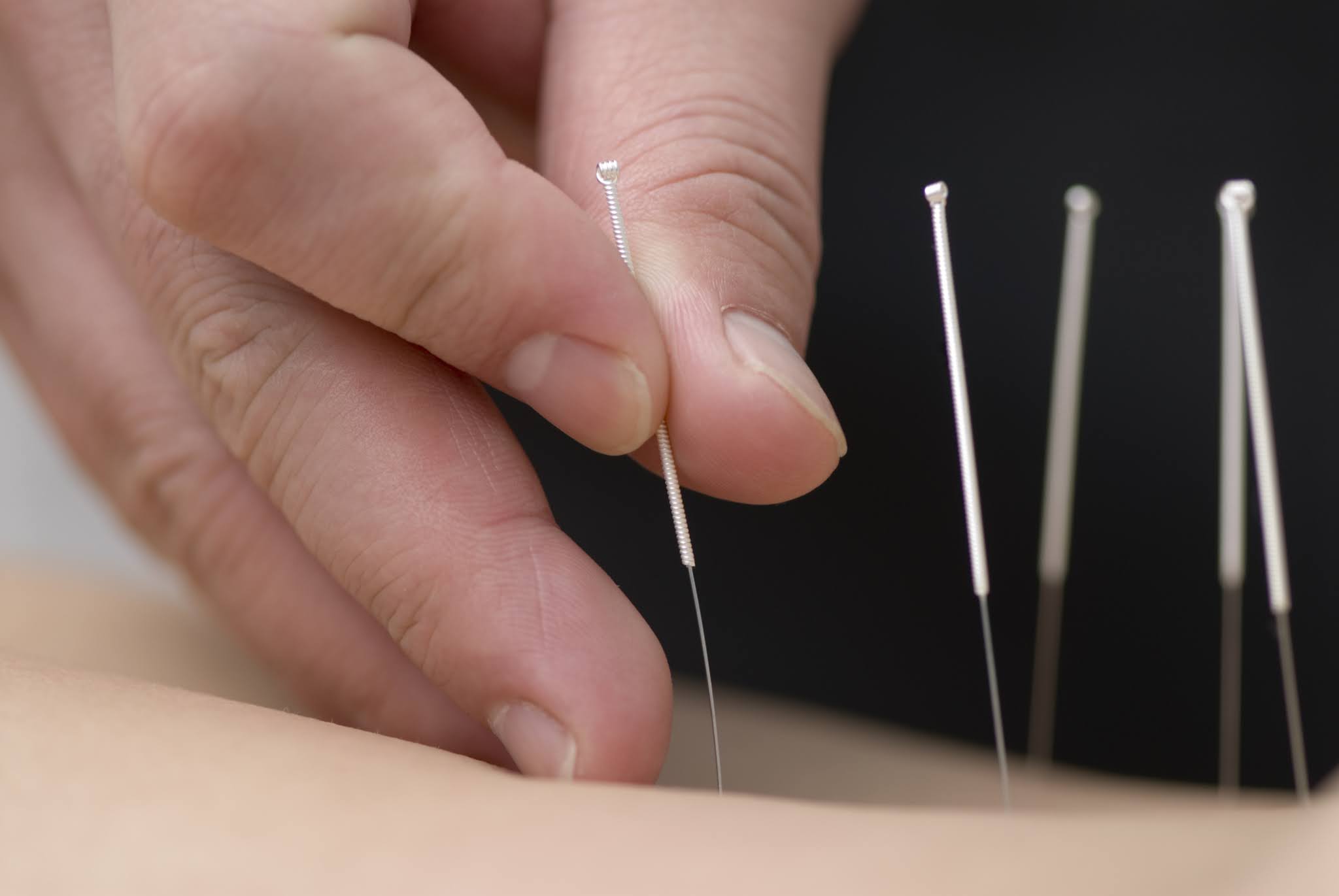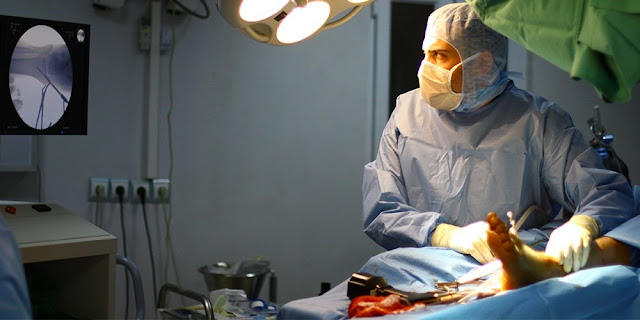Things to Expect at a Podiatrist Appointment
The human foot has more than 100 muscles, tendons, and ligaments made of flexible fibrous tissues that help with mobility and movement. In fact, a myriad of parts, such as toes and heels, work together to get individuals from one place to another. As a result, it increases the high risk of injuries and many other foot problems. People with such symptoms need to consult podiatrists and develop an ideal treatment plan to recover from their conditions as quickly as possible.
Common
problems
·
Athlete’s foot
Funguses
grow in warm and moist environments. It can inflame the skin and cause scaly
rashes with red bases. Itching, burning, and peeling are some noticeable
symptoms of an athlete’s foot.
·
Hammertoes
Ill-fitting
shoes cause the formation of hammertoes. Most people notice their second or
third toes bent in the middle or joint. When these defects press against the
inside of shoes, it may lead to corns and calluses.
·
Bunions
These
bunions are bony bumps at the base of joints. Bunions result from congenital
deformities, arthritis, trauma, and heredity. This condition will exacerbate by
wearing high heels and constrictive footwear.
·
Plantar
fasciitis
It
is a painful disorder that occurs when the plantar fascia tissues inflame or
even torn down. People with plantar fasciitis experience pain and stiffness
during daily mobility. They need to consult with podiatrists to treat the
condition.
Procedural
phases
For
their appointment with doctors, patients can expect several proceedings.
·
Initial
examination
Patients
must fill in a medical history report upon their arrival. They ask questions
about current foot problems, bodily conditions, and medications. Moreover,
podiatrists will also examine habits related to the feet and prepare a
questionnaire based on these factors.
·
Physical
evaluation
Specialists
will examine feet and check for any signs like fungus, corns, bunions, or
warts. They will identify symptoms of discoloration or brittleness in toenails.
Some patients will have poor blood circulation in their lower legs, so clinical
evaluation is crucial.
·
Treatment
As the last step, podiatrists will provide suggestions for medications or treatments to treat foot problems. This prompt intervention helps patients recover as quickly as possible.




Comments
Post a Comment